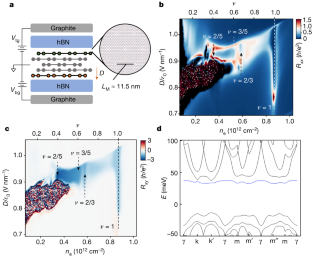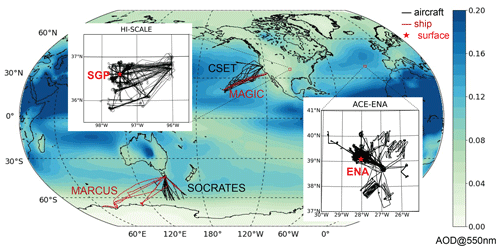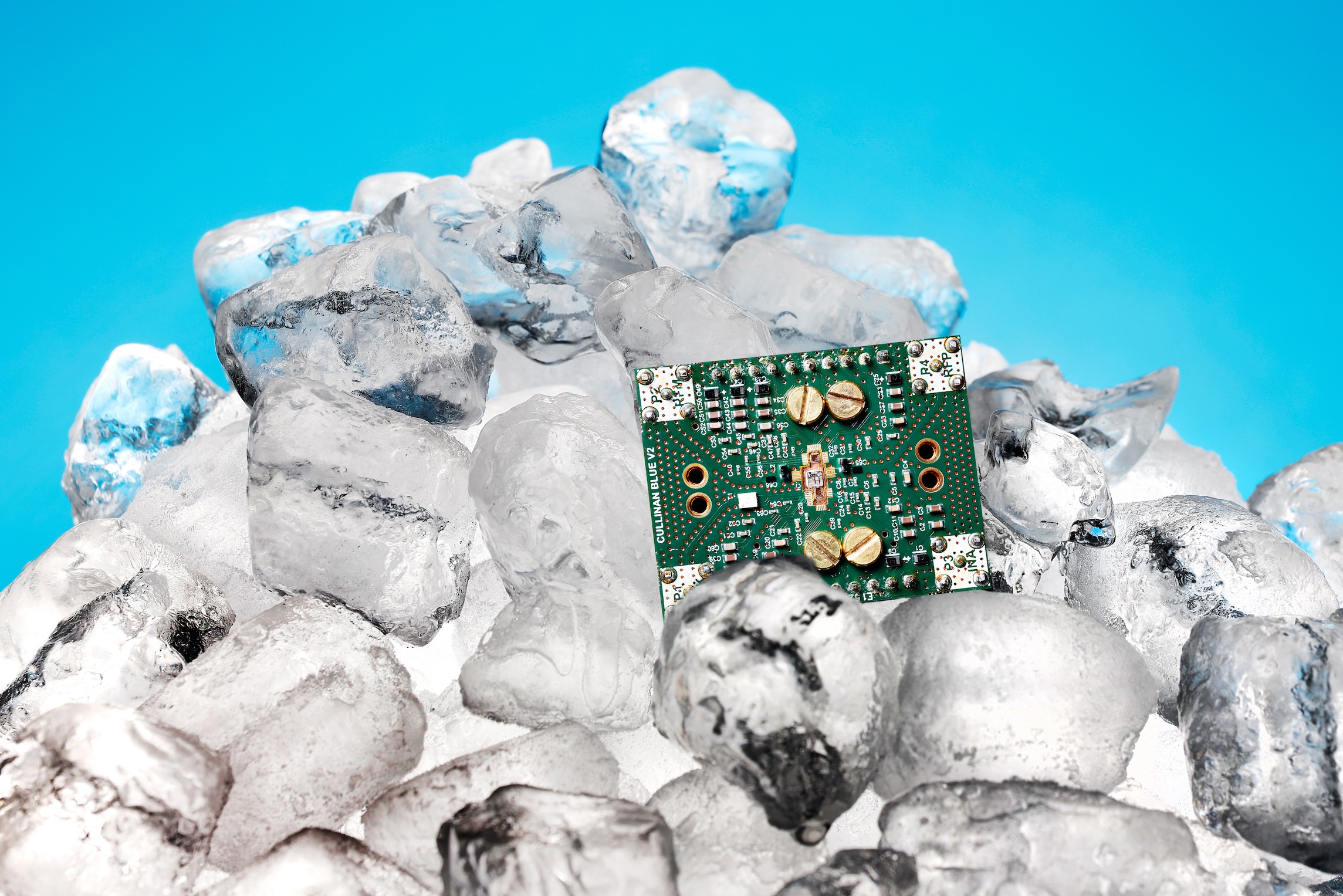2024-02-22 マサチューセッツ工科大学(MIT)
<関連情報>
- https://news.mit.edu/2024/electrons-become-fractions-graphene-study-finds-0221
- https://www.nature.com/articles/s41586-023-07010-7
多層グラフェンにおける分数量子異常ホール効果 Fractional quantum anomalous Hall effect in multilayer graphene
Zhengguang Lu,Tonghang Han,Yuxuan Yao,Aidan P. Reddy,Jixiang Yang,Junseok Seo,Kenji Watanabe,Takashi Taniguchi,Liang Fu & Long Ju
Nature Published:21 February 2024 DOI:https://doi.org/10.1038/s41586-023-07010-7

Abstract
The fractional quantum anomalous Hall effect (FQAHE), the analogue of the fractional quantum Hall effect1 at zero magnetic field, is predicted to exist in topological flat bands under spontaneous time-reversal-symmetry breaking2,3,4,5,6. The demonstration of FQAHE could lead to non-Abelian anyons that form the basis of topological quantum computation7,8,9. So far, FQAHE has been observed only in twisted MoTe2 at a moiré filling factor v > 1/2 (refs. 10,11,12,13). Graphene-based moiré superlattices are believed to host FQAHE with the potential advantage of superior material quality and higher electron mobility. Here we report the observation of integer and fractional QAH effects in a rhombohedral pentalayer graphene–hBN moiré superlattice. At zero magnetic field, we observed plateaus of quantized Hall resistance Rxy=ℎ/ve2 at v = 1, 2/3, 3/5, 4/7, 4/9, 3/7 and 2/5 of the moiré superlattice, respectively, accompanied by clear dips in the longitudinal resistance Rxx. Rxy equals 2ℎ/e2 at v = 1/2 and varies linearly with v, similar to the composite Fermi liquid in the half-filled lowest Landau level at high magnetic fields14,15,16. By tuning the gate-displacement field D and v, we observed phase transitions from composite Fermi liquid and FQAH states to other correlated electron states. Our system provides an ideal platform for exploring charge fractionalization and (non-Abelian) anyonic braiding at zero magnetic field7,8,9,17,18,19, especially considering a lateral junction between FQAHE and superconducting regions in the same device20,21,22.



